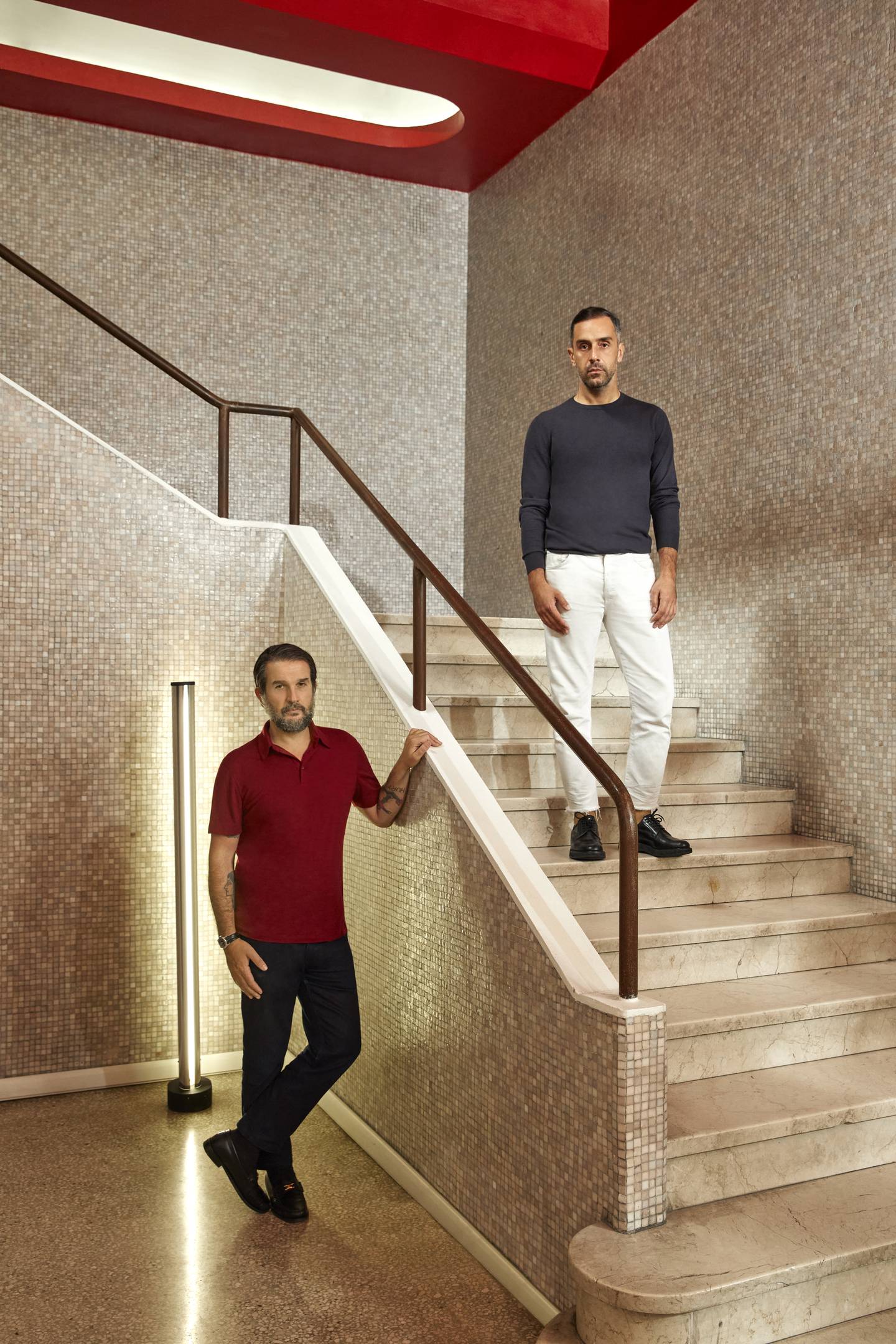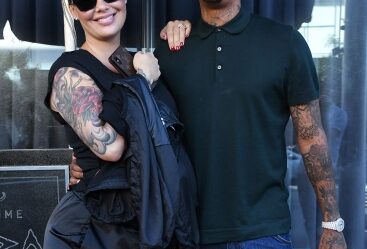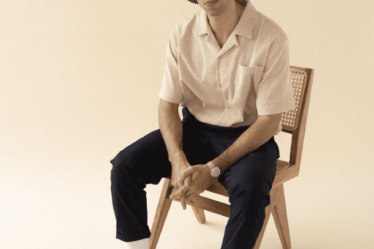
In fashion, specialisation may be a dying practice.
It’s an understanding many showrooms have come to in recent years as they’ve become less relevant in today’s marketplace. Once the go-to space for retailers to find up-and-coming designers and brands, many showrooms now find themselves an uncomfortable middleman between two increasingly disinterested parties: designers prioritising their own direct-to-consumer operations and a shrinking number of multi-brand retailers who are increasingly turning to platforms like Instagram to discover new brands. The pandemic only made those issues more pronounced.
“A showroom being just in charge of sales doesn’t make sense anymore,” said Gurki Basra, a luxury retail consultant and former buyer.
While some struggle for survival or ultimately shutter, others saw the shift coming. A growing number of design platforms, including Twentyfourseven showroom in Milan, Davide De Giglio’s New Guards Group, Luca Benini’s Slam Jam and showroom-turned accelerator Tomorrow, aim to nurture a new crop of emerging young designers. To do so, they provide a range of services like mentorship, licensing and distribution, as well as full-fledged majority-stake investments. Each of these platforms has its own unique business model and focus — dubbed by many as the “independent record labels of fashion” — whether it’s Slam Jam’s streetwear-focused labels or New Guard’s group incubation approach, heralding a new level of hype for fashion’s remaining independent labels.
Unlike other design platforms, Twentyfourseven, founded by Giacomo Piazza and Tommaso Bosco in 2008, has largely stayed under the radar. This comes despite its initial successes as a champion of early 2010s hits such as Hood By Air and Opening Ceremony’s Carol Lim and Humberto Leon as well as recent fashion favourites like Cecile Bahnsen and Collina Strada. They’ve also launched a series of their own ventures within the business and expanded internationally, including Macondo, a concept store in Verona, Now Agency, a sister showroom in Copenhagen and Fabs, an app for fashion buyers.
The success that Twentyfourseven, in particular, has seen over the past year — adding over 60 new employees in 2021, claiming approximately €43 million in revenue in 2020 and €28 million in the first quarter of 2021 — is evidence of the model’s growing power during a time of upheaval for the industry, where major luxury players are pulling back on wholesale, opening space in multi-brand retailers for newer brands and showing a potential path forward for both emerging designers and traditional showrooms struggling with sustainable growth.
Pressure to Change
For many young fashion businesses, which often lack operational infrastructure, the need for capital is outweighed by the need for mentorship in negotiating contracts, handling production and scaling product. Traditional design programmes rarely emphasise the operational aspects of running a business, leaving many designers ill-equipped to handle these realities.
Multi-use design platforms aim to provide up-and-coming designers with not just the infrastructure, but also the flexibility and support they may lack. Piazza and Bosco evaluate all options with prospective clients, whether it’s a long term goal, a two-to-three-year project or building a brand portfolio to get recruited to a luxury house. By offloading the operational aspects onto a platform, it allows many designers to pursue the creative process and larger goals on where the brand should grow.
“Now, we are basically a toolbox,” said Piazza. “There are a lot of bad, bad investments in fashion.”
As the company has grown, so has its capabilities. Twentyfourseven started distribution and licensing in 2015 and 2016 respectively, with early investments in John Elliot and leather goods business Medea. Costs often vary brand to brand and depend on the services required but on average, Twentyfourseven takes a 12 percent commission from designers.
There are a lot of bad, bad investments in fashion.
Amid the pandemic, many designers expanded their services with Twentyfourseven to restructure their supply chains to find new production and distribution partners when their own shutdown. This year, Twentyfourseven has added over 10 new designers including Supriya Lele and Paolina Russo. The group has grown to 130 million orders collected in 2019 with a forecast of 200 million in 2021, projecting €260 million in orders for 2022.
The mix of services and capital injection platforms provide is redefining typical fashion investments, moving away from the growth-at-all-costs mentality that plagued labels of the early aughts.
“Giacomo has proved an amazing platform for [young designers] to develop and grow and grow and grow,” said Ida Petersson, a buying director at Browns, adding that Twentyfourseven has become a “one-stop-shop” for many buyers limited by travel restrictions due to its international selection of designers and flexible business model for partners. Browns has added several designers from Twentyfourseven, including Cecilie Bahnsen, Supriya Lele and most recently Alexandre Arsenault and Charlotte Knowles’ KNWLS.
Petersson has also sent several designers she’s found to Piazza, citing the work he’s done as “incredible’’ for young talent by curating the right mix of new brands that cuts through the noise. “You come in and you really feel that you’re getting a full vision of what’s happening trend-wise,” she said.
New Competition and Sustainable Growth
Twentyfourseven has proven it can grow designers beyond one or two seasons, taking LVMH prize finalists and celebrity favourites like Supriya Lele and KWNLS to new markets and vendors without sacrificing sustainable growth.
Finding the right mix of brands and designers, however, can be challenging. Twentyfourseven has yet to produce the next Off-White or Alyx Studio; partnerships with Hood By Air and Opening Ceremony both failed to mature, the former only recently emerging from hiatus while the latter shut down all store locations following an acquisition by New Guards Group last year.
It’s much easier in the beginning because you have one idea, one aesthetic.
Ensuring a strong talent pipeline takes time and energy. Design platforms must balance their portfolios of young, buzzy labels that don’t yet make money with stable and profitable businesses.
“You really need to ensure you’re diversifying and that the talent and the product that’s coming to the market is different from everything else that you have or else you just cannibalise your own business,” said Basra.
Twentyfourseven is also competing against a growing number of platforms backed by retailers, including Farfetch’s New Guards Group and Net-a-Porter’s mentorship programme, which expanded to include a partnership fund with the British Fashion Council, who can offer insight into sales, assortment and positioning that can be challenging for outside platforms to replicate.
Still, finding growth and talent that can work together requires a level of expertise, commitment and cross-industry connections that few platforms can develop in a matter of years.
“We still have our job because it’s really complicated,” said Piazza.
Working under a collective also takes the pressure off of individual brands, something Piazza and Bosco want to ensure so each business is able to grow at an organic pace. It also enables brands to find the right level of growth for each stage of their business, beyond their initial halo moment or press fanfare, a process that often requires a certain level of mentorship and guidance.
It’s this level of patience and slow growth that offers a path forward for the industry-at-large after a year that forced questions of sustainability and excess surrounding the endless churn of bankruptcies and shutdowns. At a time when many brands’ main hope is to have a profitable business that goes beyond a halo moment, platforms have stepped in to fill the void.
“It’s much easier in the beginning because you have one idea, one aesthetic,” said Piazza. “The difficult part comes after two years, after the fourth and fifth seasons when you need to reinvent your story when you really need to upgrade and try to last in the market.”
Related Articles:
Can Brand Accelerators Save Emerging Labels from the Pandemic?
Meet the ‘Independent Record Labels’ of Fashion
How the Wholesale Crisis Could Benefit Independent Fashion Brands



